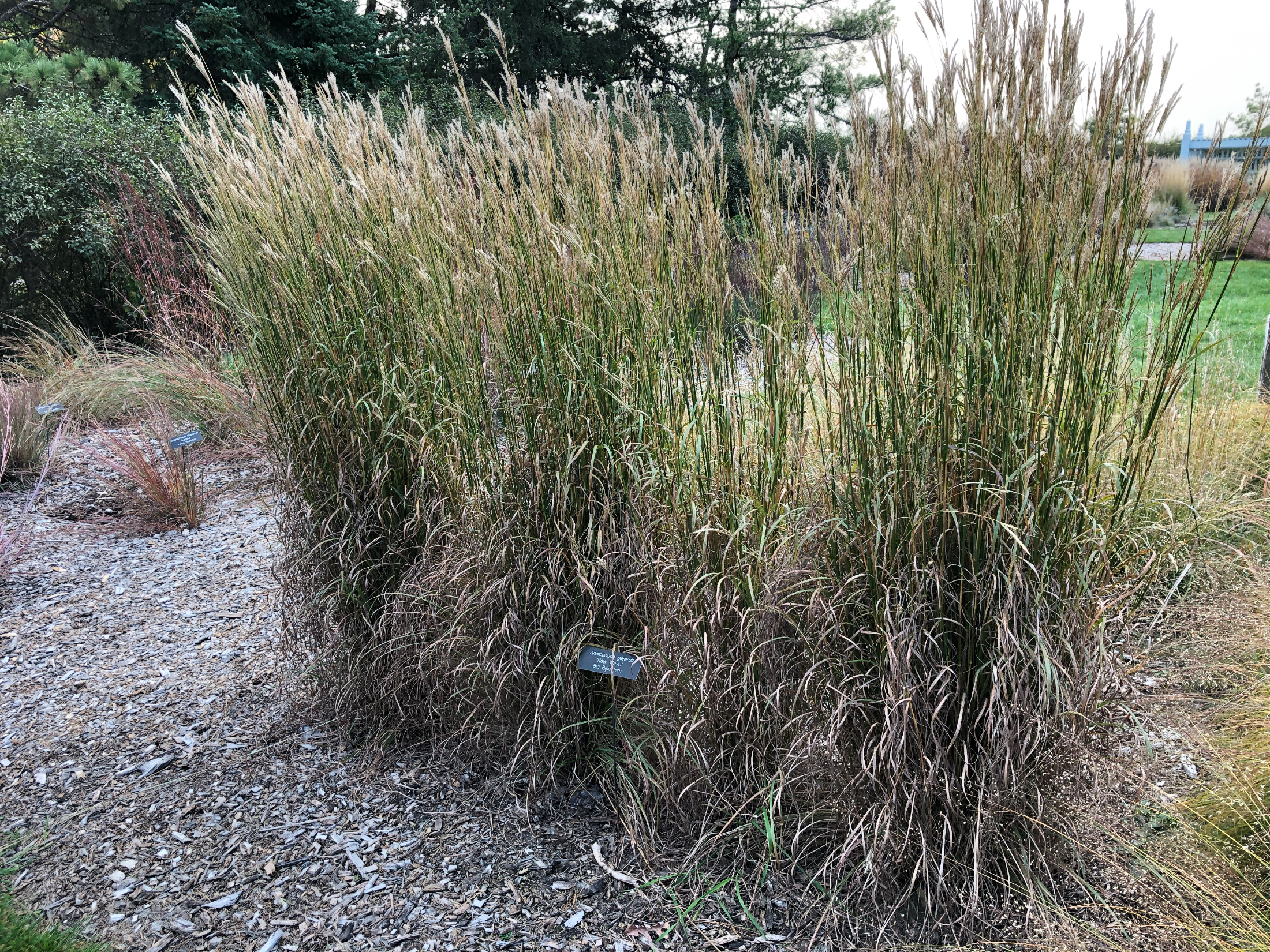As the world rapidly progresses toward a future defined by artificial intelligence (AI) and robotics, the question of how societies will support their citizens becomes ever more pressing. Machines are taking over not only repetitive, manual jobs but also more complex roles in industries ranging from finance to healthcare. The prospect of large-scale job displacement looms on the horizon, prompting many to ask: How will people make a living when machines do most of the work?
Enter the idea of basic income, a proposal that has been debated in policy circles for decades but has gained renewed urgency in the context of AI and automation. Basic income refers to the unconditional provision of a regular cash payment to all citizens, regardless of their employment status. Proponents argue that this system could serve as a safety net in a future where jobs may be scarce, while critics worry about its feasibility and potential impact on labor markets.
But this is no longer just an academic debate. Around the world, pilot programs have tested the concept, and their findings offer a window into what a future with basic income might look like. So why haven't governments fully embraced this idea yet? This article explores the research behind basic income, the concerns that still hold back full-scale implementation, and the urgent need to consider it as automation reshapes the global economy.
The Problem: Automation and AI Are Changing Work
In recent years, advancements in AI and robotics have disrupted traditional industries at an unprecedented pace. Machines now handle routine tasks in manufacturing, logistics, and agriculture. But AI is also moving into roles once thought safe from automation, such as customer service, legal work, and even some aspects of creative fields like design and journalism. Self-driving cars and trucks, smart warehouses, and automated medical diagnostics are just a few examples of the many ways technology is rendering human labor obsolete.
A 2020 report by McKinsey Global Institute estimated that up to 800 million jobs worldwide could be displaced by automation by 2030. The displacement will affect not only low-skill workers but also middle-class employees in fields like retail, transportation, and data analysis. As a result, policymakers are faced with the dual challenge of managing the transition to automation while ensuring that workers aren’t left behind.
While some optimists argue that automation will create new jobs, history shows that transitions of this scale are neither smooth nor painless. The Industrial Revolution eventually gave rise to new industries, but it also led to decades of hardship for workers displaced by mechanization. In an AI-driven economy, the time to retrain and reskill workers might be even shorter, and the jobs created might be fewer and more specialized.
Basic Income: A Safety Net for the Future
The idea of basic income is rooted in the notion that all citizens deserve a minimum level of financial security, regardless of their employment status. In a world where machines might handle much of the labor, basic income could provide people with a stable income, allowing them to meet their basic needs without depending on increasingly uncertain job prospects.
But basic income isn’t just about survival. It’s about empowerment. By removing the constant pressure to earn money for survival, basic income can give people the freedom to pursue education, start businesses, or engage in creative endeavors. In essence, it offers people the flexibility to contribute to society in ways that are not tied to traditional employment.
Several pilot programs and studies have explored the potential benefits of basic income. These experiments have provided valuable insights into its economic, social, and psychological impacts, painting a picture of a system that could reshape societies for the better.
Key Studies Supporting Basic Income
1. Mincome Experiment (Canada, 1970s)
One of the earliest and most well-known trials of basic income was conducted in Manitoba, Canada, during the 1970s. Known as the Mincome experiment, it aimed to explore the effects of an unconditional cash transfer on a small town’s population.
Findings: The results were striking. Far from discouraging work, the majority of participants continued their employment. Some, particularly mothers and young people, used the financial security to pursue education or take care of their families. The experiment also revealed improvements in health, with fewer hospitalizations, and reductions in mental health issues like anxiety and depression.
2. Finland Basic Income Experiment (2017-2018)
In Finland, the government launched a two-year basic income pilot, giving 2,000 unemployed people a monthly payment, regardless of whether they found work during the trial.
Findings: The Finnish study showed that basic income improved participants’ well-being, mental health, and overall satisfaction with life. Although it did not significantly increase employment rates, participants reported lower stress levels and a greater sense of control over their lives. This suggests that the benefits of basic income extend beyond mere financial security and into broader aspects of well-being.
3. U.S. Negative Income Tax Experiments (1960s-1970s)
In the United States, several experiments with a negative income tax (a precursor to basic income) took place in the 1960s and 1970s. These trials, conducted in states like New Jersey and Seattle, aimed to test how guaranteed minimum income might impact work behavior and poverty levels.
Findings: Contrary to fears that guaranteed income would reduce work effort, the studies found only a modest decline in work hours (around 9%). More importantly, many participants used their extra time for family responsibilities or to pursue further education, suggesting that people used the support productively. The experiments also highlighted improvements in physical and mental health, similar to those seen in other trials.
4. Kenya Basic Income Pilot (Ongoing)
One of the largest ongoing basic income experiments is taking place in rural Kenya, where the charity GiveDirectly is providing long-term, unconditional cash transfers to thousands of residents.
Findings (so far): The preliminary results from Kenya have been overwhelmingly positive. Recipients report higher levels of happiness and well-being, along with better nutrition and increased economic activity. Some have used the funds to start small businesses, highlighting the potential for basic income to stimulate entrepreneurship and community development.
5. Stockton Economic Empowerment Demonstration (SEED), California (2019-2021)
In Stockton, California, the SEED experiment provided $500 per month to 125 residents for two years. The goal was to test whether basic income could alleviate economic insecurity in a struggling community.
Findings: Participants reported significant improvements in mental health, reduced anxiety, and increased job prospects. The extra financial security allowed some individuals to take the time to find full-time work, and employment rates in the group rose by 12%. The experiment also helped many participants pay off debt, demonstrating the practical benefits of financial stability.
Why Governments Are Hesitant to Implement Basic Income
Despite the promising results from these experiments, basic income has yet to be implemented at a national level in any country. Several key concerns and challenges explain this reluctance.
1. Cost Concerns
The most common objection to basic income is the cost. Providing every citizen with a guaranteed income would require a significant outlay of public funds. Critics argue that the cost would be unsustainable, potentially leading to higher taxes or cuts in other areas of public spending. While some suggest that basic income could replace existing welfare programs, others worry that the transition would be too disruptive or that it would leave vulnerable populations worse off.
2. Impact on Labor Markets
Another concern is the potential impact on labor markets. Skeptics fear that basic income could reduce people's incentive to work, leading to lower productivity and economic growth. While most pilot programs show that people continue to work even with a basic income, the long-term effects remain uncertain. Policymakers worry about how basic income would interact with existing labor market dynamics, particularly in a world where job displacement due to automation is still evolving.
3. Political and Ideological Opposition
Basic income challenges the traditional concept of welfare and the role of government in supporting citizens. For some, particularly those on the political right, the idea of "giving money away" without requiring work or means-testing goes against deeply held beliefs about personal responsibility and the value of work. This ideological opposition has made it difficult for basic income to gain widespread political support, even in countries where the concept has been tested.
4. Interaction with Existing Welfare Systems
Governments are also concerned about how basic income would interact with existing social safety nets. Would it replace unemployment benefits, housing assistance, or food support? Or would it complement these programs? Some fear that basic income could complicate or undermine existing welfare systems, while others argue that it would simplify and improve them by providing a more universal and less bureaucratic solution.
5. Fear of Inflation
Some economists argue that basic income could lead to inflation, particularly in areas like housing, where demand could outstrip supply. If everyone has more money to spend, the prices of goods and services might rise, reducing the purchasing power of the basic income itself. While pilot programs have not shown significant inflationary effects, this remains a concern for policymakers considering large-scale implementation.
Waiting for the AI Disruption: Why the Time Is Now
Governments around the world are keeping a close eye on the progress of AI and automation. While these technologies have already begun to disrupt industries, the full scale of their impact is still uncertain. This uncertainty has led many policymakers to take a cautious approach, waiting for clearer signs of widespread job displacement before committing to basic income.
However, waiting too long could exacerbate the social and economic inequalities that AI and automation are already creating. As the gap between those who benefit from technology and those who are displaced widens, the need for a more comprehensive safety net becomes increasingly urgent. Basic income could be that safety net, ensuring that everyone has the financial security they need to navigate a rapidly changing job market.
The Case for Immediate Action
The idea that basic income should be implemented before the full brunt of AI and automation hits the labor market is crucial. By acting now, governments could avoid the worst effects of economic disruption, such as mass unemployment, increased inequality, and social unrest. Early implementation would also provide the time to study and fine-tune the system to ensure it works as intended, minimizing potential drawbacks such as inflation or labor market distortions.
Moreover, basic income could foster innovation by giving people the financial stability to take risks, start businesses, and engage in lifelong learning. As automation takes over routine jobs, people would be free to focus on tasks that require human creativity, empathy, and critical thinking—skills that are harder to automate. Basic income could thus serve not only as a safety net but also as a foundation for a more dynamic and inclusive economy.
Finally, as the world faces challenges such as climate change, demographic shifts, and global health crises, a robust social safety net like basic income could help buffer societies from future shocks. The COVID-19 pandemic highlighted the fragility of traditional labor markets and the need for more resilient systems of social support. Basic income could be part of a broader strategy to create a more adaptable and secure world in the face of ongoing technological change.
Conclusion
The rapid advancement of AI and automation has already begun to transform industries and displace workers, and this trend will only accelerate in the coming years. In this context, basic income offers a viable solution to the economic and social challenges posed by technological disruption. The numerous pilot programs and experiments conducted worldwide provide compelling evidence that basic income can improve well-being, reduce poverty, and empower individuals to pursue meaningful work beyond traditional employment.
However, significant challenges remain, including concerns about cost, labor market impacts, and political opposition. Governments must weigh these concerns against the potential benefits of basic income, particularly in a future where automation may lead to widespread job displacement. As the world stands on the brink of an AI-driven economy, the time to seriously consider and prepare for basic income is now. By implementing basic income before the full effects of automation are felt, societies can ensure that all citizens share in the prosperity of the technological age, rather than being left behind.
Outline for a PhD Paper on Basic Income and the AI/Automation Revolution
Abstract (approx. 300-400 words)
A summary of the paper, outlining the research question, methodology, key findings, and conclusions.
Focus: The paper investigates the feasibility and potential impact of basic income (BI) in addressing economic disruptions caused by AI and automation.
Chapter 1: Introduction (1,500-2,000 words)
Background: Overview of the rise of AI and automation, job displacement trends, and the resulting economic challenges.
The Concept of Basic Income: A historical and theoretical overview of basic income proposals.
Research Question: Can basic income serve as an effective tool for mitigating the socio-economic impacts of AI and automation on labor markets?
Scope and Limitations: Define what the paper will and will not cover (e.g., excluding non-economic arguments like moral imperatives, focusing only on high-income countries or specific developing nations).
Chapter 2: Theoretical Framework (2,000 words)
Chapter 3: Review of Key Pilot Studies and Experiments (3,000 words)
3.1 Mincome Experiment (Canada, 1970s):
Design and Methodology: Explanation of the experiment setup and implementation.
Outcomes: Data on employment, health, and social outcomes.
Implications: What this tells us about the long-term impact of guaranteed income.
3.2 Finland Basic Income Experiment (2017-2018):
Design and Methodology: Differences from the Mincome experiment.
Outcomes: Psychological well-being, employment trends, and societal acceptance.
Implications: How Finland’s experiment informs modern debates on work and automation.
3.3 U.S. Negative Income Tax Experiments (1960s-1970s):
Design and Methodology: What sets these experiments apart.
Outcomes: Employment reductions, health outcomes, and productivity.
Implications: The relationship between financial security and workforce participation.
3.4 Kenya Basic Income Pilot (Ongoing):
Design and Methodology: A focus on developing economies and rural settings.
Outcomes: Economic empowerment, health, and education.
Implications: What developing world trials teach us about the global viability of basic income.
3.5 Stockton Economic Empowerment Demonstration (SEED), California (2019-2021):
Design and Methodology: The focus on a struggling urban community.
Outcomes: Employment, debt repayment, and well-being indicators.
Implications: How basic income can address economic inequality in modern urban settings.
Chapter 4: The Role of AI and Automation in the Future of Work (2,000 words)
4.1 The Displacement of Jobs:
Historical Perspective: Comparison to previous technological revolutions (e.g., Industrial Revolution, digital age).
AI and Robotics: The types of jobs being displaced today and projections for the future.
Sectors Most at Risk: A breakdown of industries vulnerable to automation.
4.2 The Creation of New Jobs:
Technological Optimism: New jobs created by AI and tech, and the shift toward creative, intellectual, and service work.
Reskilling and Education: The challenges of transitioning displaced workers to new roles in the AI economy.
4.3 Economic Disparities Worsened by Automation:
Income Inequality: How automation is likely to exacerbate wealth concentration among tech elites.
Geographic Disparities: The uneven effects of automation across different regions (urban vs rural, developed vs developing nations).
4.4 Basic Income as a Solution:
Social Safety Net: How basic income can provide stability in an increasingly volatile job market.
Redistribution of Wealth: Addressing inequality by redistributing wealth generated by AI/robotics industries.
Chapter 5: Economic Feasibility of Basic Income in an Automated World (2,000 words)
5.1 Funding Basic Income:
Taxation Models: Progressive taxation, wealth taxes, and levies on automation profits.
Reallocation of Existing Welfare: How basic income could replace or complement existing welfare programs.
5.2 Potential Economic Impacts:
Consumer Demand: How basic income could stimulate economic activity through increased consumer spending.
Inflation Concerns: Addressing fears that basic income could drive inflation, especially in housing and essential goods.
Labor Market Effects: Whether basic income would discourage work or lead to greater flexibility in job choices (e.g., entrepreneurship, creative work).
5.3 Basic Income in Developing Countries:
Kenya as a Case Study: What lessons can be drawn from basic income experiments in lower-income economies.
Feasibility in Global Context: How a global approach to basic income might vary across different economic landscapes.
Chapter 6: Political and Ideological Challenges to Basic Income Implementation (2,000 words)
6.1 Political Resistance:
Conservative Opposition: The fear that basic income encourages laziness or undermines the work ethic.
Left-Wing Critiques: Concerns that basic income might entrench inequality rather than challenge capitalist structures.
6.2 Moral Arguments for and Against:
6.3 Public Perception and Media Representation:
Chapter 7: Policy Recommendations and Future Research (1,500-2,000 words)
7.1 Policy Design for Basic Income:
Means-Tested vs Universal Models: Which design would be most effective in a world shaped by AI.
Phased Implementation: Starting with smaller-scale trials or partial basic income programs before full implementation.
7.2 The Role of Government and Private Sector:
7.3 Recommendations for Future Research:
Longitudinal Studies: The need for longer-term experiments to assess the true impact of basic income.
Cross-National Comparisons: How different cultural and economic contexts influence the effectiveness of basic income.
Conclusion (500-1,000 words)
References (approx. 500 words)




























